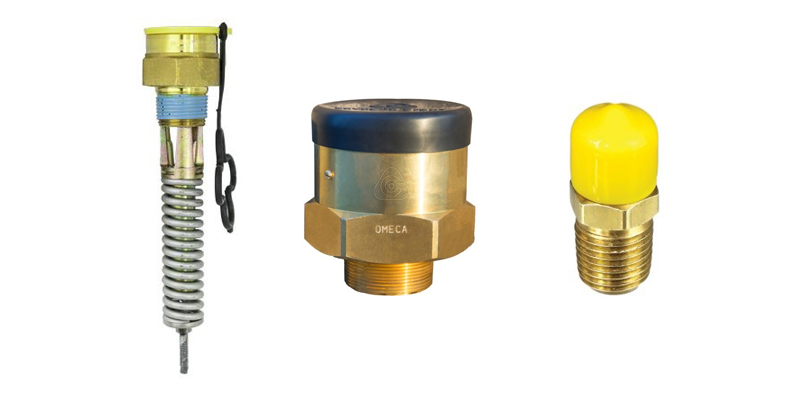Blog
All About Relief Valves
A Closer Look at the Often Overlooked Relief Valve

by Josh Presson
Often overlooked until an over pressurization issue arises, relief valves can be an afterthought in many pressurized systems. All relief valves play a vital role as safety devices, but none more important than those in vessels containing LP gas.
What is it that causes these valves to fail or weaken? Continuous exposure to the elements, with corrosion and debris as some of the biggest culprits of premature valve failure. Testing is one alternative, but after extended use replacement is the most viable option.
Not only is a relief valve a safety device it's also a mechanical device. And a mechanical device means what? Potential failure. With that being said, maintenance and inspection of these valves should be annual habits, if not more often. Best practices would suggest a visual inspection of the valve on every fill of the tank, looking for indication of an over pressurization or the following signs that should lead to replacement:
- Physical damage
- Corrosion
- Tampering or any change from factory setting
Relief valves on larger capacity tanks require inspection less often. NFPA 58 suggests that any pressure relief device on containers of more than 2000 gallons water capacity be tested in approximately 10 year intervals with visual inspection done annually.
When it does come time for replacement The Granite Group has many options for relief valves and is your resource to size and select the proper LP gas relief valve.


